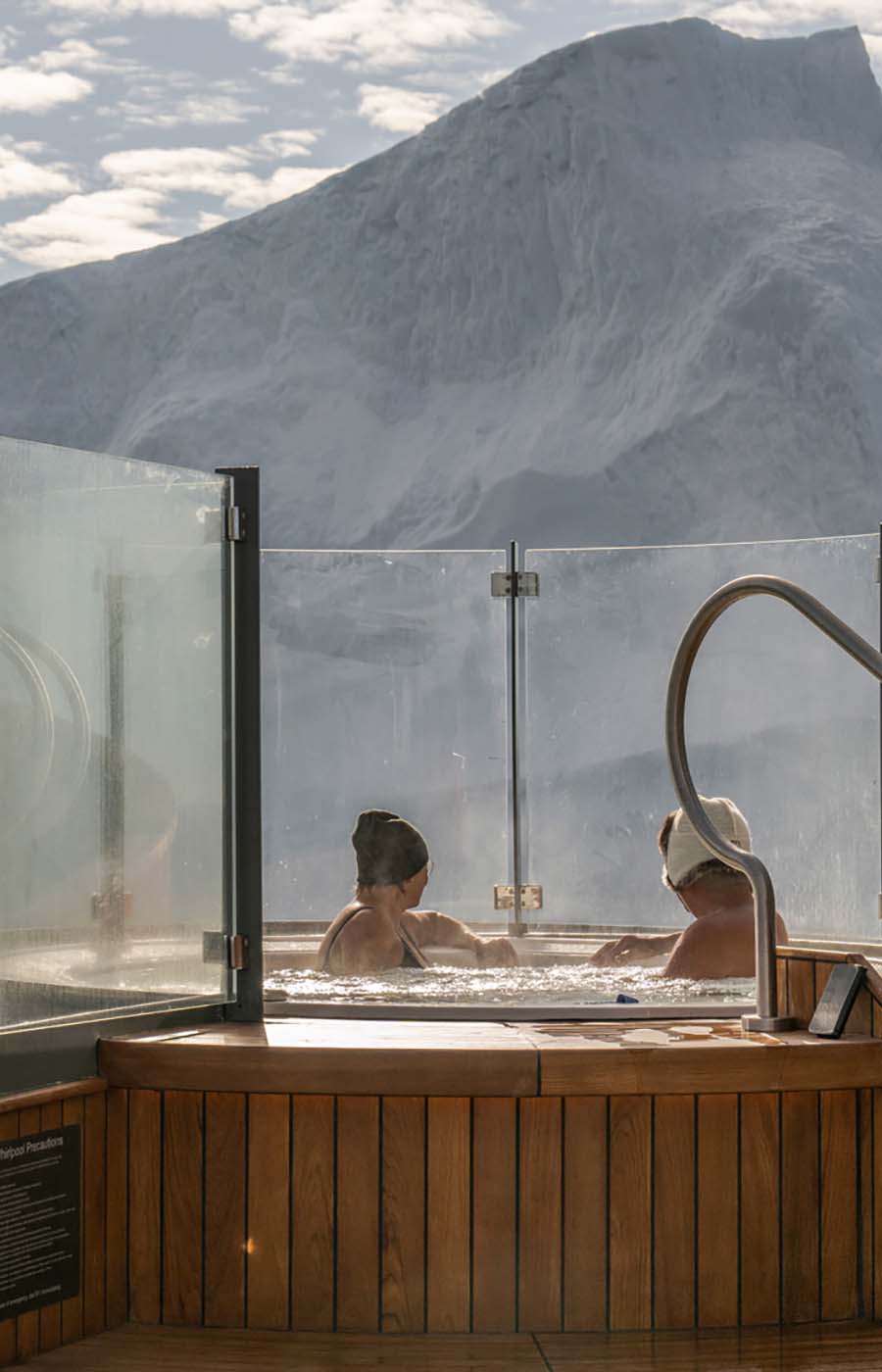Old world charm meets modern innovation in one of Canada’s most eclectic cities.
Walking the cobblestoned streets of Montreal amid stunning Neo-Gothic churches, famed monuments, and narrow alleyways, it’s easy to forget you’re in a modern Canadian city. Set up in 1642 as a model Catholic community by French settlers, the city retains a distinctly Old World European sensibility. Yet when you venture just a few blocks outside of Old Montreal, the original settlement (and most popular travel destination), you’ll find a world of modern wonders. From the glittering skyscrapers and flagship retail stores downtown to the dynamic street art and bustling cafes in the Plateau, the city has a rich, multicultural personality independent from its French colonial origins. Immerse yourself in everything the city has to offer with this three-day itinerary.
Montreal is the second-largest French-speaking city in the world (after Paris), though plenty of its residents speak other languages, too. You don’t need to know French to get by, but it’s helpful to be familiar with a few common words and phrases:
Bonjour = Hello
Bonsoir = Good evening
Au revoir = Goodbye
Je m’appelle… = My name is…
Merci (beaucoup) = Thank you (very much)
S’il vous plaît *= Please
*Je ne parle pas très bien français = I don’t speak French very well
Parlez-vous...? = Do you speak (insert language)?
Où sont les toilettes? = Where is the bathroom?
L’addition, s’il vous plaît = The check, please
The French spoken in Québec derives from the same roots as that in France, yet the two are fundamentally different in everyday exchange. Québécois French has a variety of so-called “Anglicisms,” or terms borrowed directly from English, as well as unique idioms, syntactic structures, and pronunciation. Here is a sampling of common Québécois vocabulary that you won’t hear in France:
En tout cas = Anyways/In any case/Well
C’est trendy au boutte = It’s fashionable
Un dépanneur = A convenience store
Le coteur = The sidewalk
Un cellulaire = A cellphone
Maganiser = To go shopping
Le déjeuner = Breakfast
Le dîner = Lunch
Le souper = Dinner
Cinq å sept/5 å 7 = Happy hour
The weather varies greatly between summer and winter; the former is hot, sunny, and humid, while the latter is cold, snowy, and wet. The most popular season for travelers to visit is early fall, when the streets are resplendent with bright fall foliage, though there are plenty of outdoor and indoor attractions all year round.
No matter when you visit, some kind of festival will likely be taking place. Public celebrations abound all year long, themed around everything from music and food to street art and film.
Though the downtown core is easily walkable, the locals’ primary mode of transportation is biking, and there are plenty of well-marked bike lanes to safely navigate the city streets. Join in by visiting one of the city’s many bike rental companies.
Spend the afternoon exploring Old Montreal (Vieux-Montréal in French), the most historic part of the city where French settlers first established residence back in 1642. Lined with cobblestone streets, picturesque cafés, and Gothic architectural masterpieces, the neighborhood feels lifted right out of 17th century Paris. In the heart of the district, meander through Place Jacques-Cartier, a lively square where locals, tourists, and street performers congregate. For a history lesson, visit the Pointe-à-Callière Museum of archaeology, famous for an underground exhibit revealing the foundations of the city’s original settlement. Close the day with an evening light show at Notre-Dame Basilica, a stunning example of Gothic Revival architecture replete with soaring towers, fanciful interior ornamentation, and grandiose statues.
Begin the day at Mount Royal Park, a sprawling urban green space featuring walking and biking trails, a man-made lake with paddle boat rentals in the summer and ice skating in the winter, and unbeatable lookout points. Hike to the park’s summit, the highest point in all of Montreal, for the best view of the cityscape.
You’ll be hungry after all that walking, so make your way to the Plateau, a nearby neighborhood where you’ll run into many, if not most, of the city’s top dining destinations. For what is arguably the best smoked meat in Montreal, stand in line (there’s always a line, but it’s worth it) at Schwartz’s Deli. Leave some room to taste the bagels at both Fairmount and St-Viateur, two rival bagel shops just a few blocks from each other (depending on the Montrealer you ask, one is far superior to the other—and the choice between them is a matter of fierce pride).
Once you’ve eaten to your heart’s content, spend the rest of the day exploring the neighborhood’s eclectic array of boutiques, sidewalk cafés, and street art. Behold the colorful, ever-changing street murals on Saint Laurent Boulevard, marvel at the spiraling outdoor staircases along the residential streets near Parc La Fontaine, and go vintage shopping in The Mile End enclave. For a sweet treat, visit Juliette et Chocolat—a husband-and-wife-run dessert destination beloved by locals—for a mug of hot chocolate.
For your final day, head to the sprawling grounds of the Montreal Olympic Park in the east end. Since it was built for the 1976 Summer Olympics, the space has been repurposed into dozens of permanent exhibition spaces, including a sports amphitheatre, planetarium, botanical garden, and insectarium. Of all the sites to see, prioritize the Biodome, an indoor oasis that simulates the exact conditions of five unique ecosystems around the world.
After roaming the Olympic grounds, change gears and head into the heart of Hochelaga-Maisonneuve, a friendly neighborhood rife with schools, green spaces, and small local businesses. Indulge your senses at Maisonneuve Market, a popular farmers market brimming with delicacies grown and prepared by local merchants.
For a final taste of culture, visit Château Dufresne, a grandiose mansion-turned-museum dedicated to the history of Montreal’s East End. Built in the early 20th century for the Dufresne brothers, two key members of the French Canadian bourgeoisie, the estate is an awe-inspiring relic of Beaux-Arts architecture.
Explore Montreal on one of Seabourn’s Canada & New England cruises.
Related Seabourn itineraries and amenities below
Here’s our newest take on how to enjoy the old.
Treat yourself with trips to these five lavish and modern locales
Here’s the scoop on a lesser-known but equally stunning Canadian waterfall.

